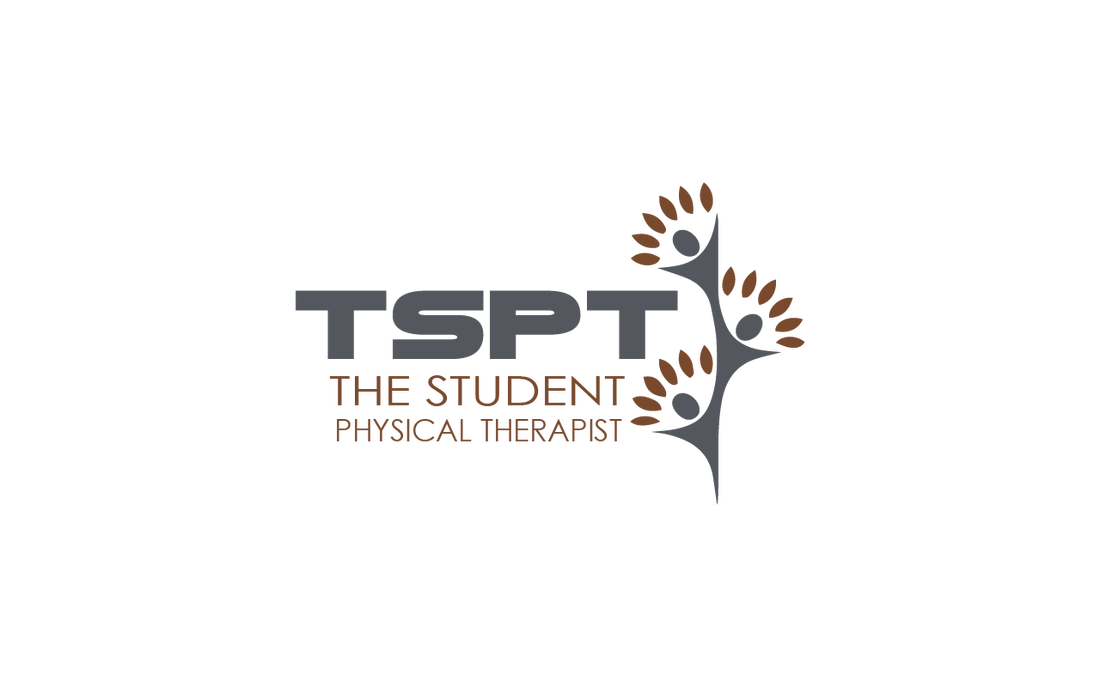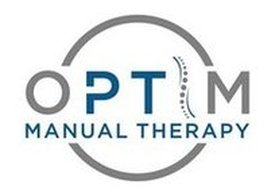- Home
- About Us
- TSPT Academy
- Online Courses
-
Resources
- Newsletter
- Business Minded Sports Physio Podcast
- Day in the Life of a Sports PT
- Residency Corner
-
Special Tests
>
-
Cervical Spine
>
- Alar Ligament Test
- Bakody's Sign
- Cervical Distraction Test
- Cervical Rotation Lateral Flexion Test
- Craniocervical Flexion Test (CCFT)
- Deep Neck Flexor Endurance Test
- Posterior-Anterior Segmental Mobility
- Segmental Mobility
- Sharp-Purser Test
- Spurling's Maneuver
- Transverse Ligament Test
- ULNT - Median
- ULNT - Radial
- ULNT - Ulnar
- Vertebral Artery Test
- Thoracic Spine >
-
Lumbar Spine/Sacroiliac Joint
>
- Active Sit-Up Test
- Alternate Gillet Test
- Crossed Straight Leg Raise Test
- Extensor Endurance Test
- FABER Test
- Fortin's Sign
- Gaenslen Test
- Gillet Test
- Gower's Sign
- Lumbar Quadrant Test
- POSH Test
- Posteroanterior Mobility
- Prone Knee Bend Test
- Prone Instability Test
- Resisted Abduction Test
- Sacral Clearing Test
- Seated Forward Flexion Test
- SIJ Compression/Distraction Test
- Slump Test
- Sphinx Test
- Spine Rotators & Multifidus Test
- Squish Test
- Standing Forward Flexion Test
- Straight Leg Raise Test
- Supine to Long Sit Test
-
Shoulder
>
- Active Compression Test
- Anterior Apprehension
- Biceps Load Test II
- Drop Arm Sign
- External Rotation Lag Sign
- Hawkins-Kennedy Impingement Sign
- Horizontal Adduction Test
- Internal Rotation Lag Sign
- Jobe Test
- Ludington's Test
- Neer Test
- Painful Arc Sign
- Pronated Load Test
- Resisted Supination External Rotation Test
- Speed's Test
- Posterior Apprehension
- Sulcus Sign
- Thoracic Outlet Tests >
- Yergason's Test
- Elbow >
- Wrist/Hand >
- Hip >
- Knee >
- Foot/Ankle >
-
Cervical Spine
>
- I want Financial Freedom
- I want Professional Growth
- I want Clinical Mastery
|
It has been long thought that elevated cholesterol served as an increased risk for heart attack or stroke. Frequently, doctors prescribe statins to lower cholesterol, and they have been shown to be effective in doing so. That being said, there are many side effects that must be considered: liver damage, hyperglycemia, neurological side effects, and muscle pain/damage. For this article, I want to highlight its effects on muscles. About a month ago, I had a patient s/p partial meniscectomy. On one of the follow up sessions, he mentioned he started getting full contractile muscle spasms in his forearms. While I had been familiar with calf pain and spasms as side effects, the violent contractions this patient described was unusual, so I had him call his cardiologist, who had recently changed his statin medication dosage. The patient was instructed to go see his cardiologist and have some tests performed. When the patient returned a week later, he informed me that his doctor had hospitalized him, running many different tests. His symptoms had gotten so bad his entire body when into contractile spasms that would even force his spine into various motions. Eventually, it was determined that the statins were the cause of the muscle spasms and the medication was then adjusted, resulting in reduction in symptoms. Now I recognize it is difficult to know every single side effect of every drug. The best option is to either know the general side effects of each class of medication and look up each drug as you scan a patient's medication list. Over time, you will become more familiar with each drug's possible interaction, but with how commonly statins can present as "muscle pain," I recommend recognizing when a patient may have related side effects. -Dr. Chris Fox, PT, DPT, OCS
0 Comments
Leave a Reply. |
Dr. Brian Schwabe's NEW Book in partner with PaleoHacks!
Learn residency-level content on our
Insider Access pages We value quality PT education & CEU's. Click the MedBridge logo below for TSPT savings!Archives
July 2019
Categories
All
|









 RSS Feed
RSS Feed